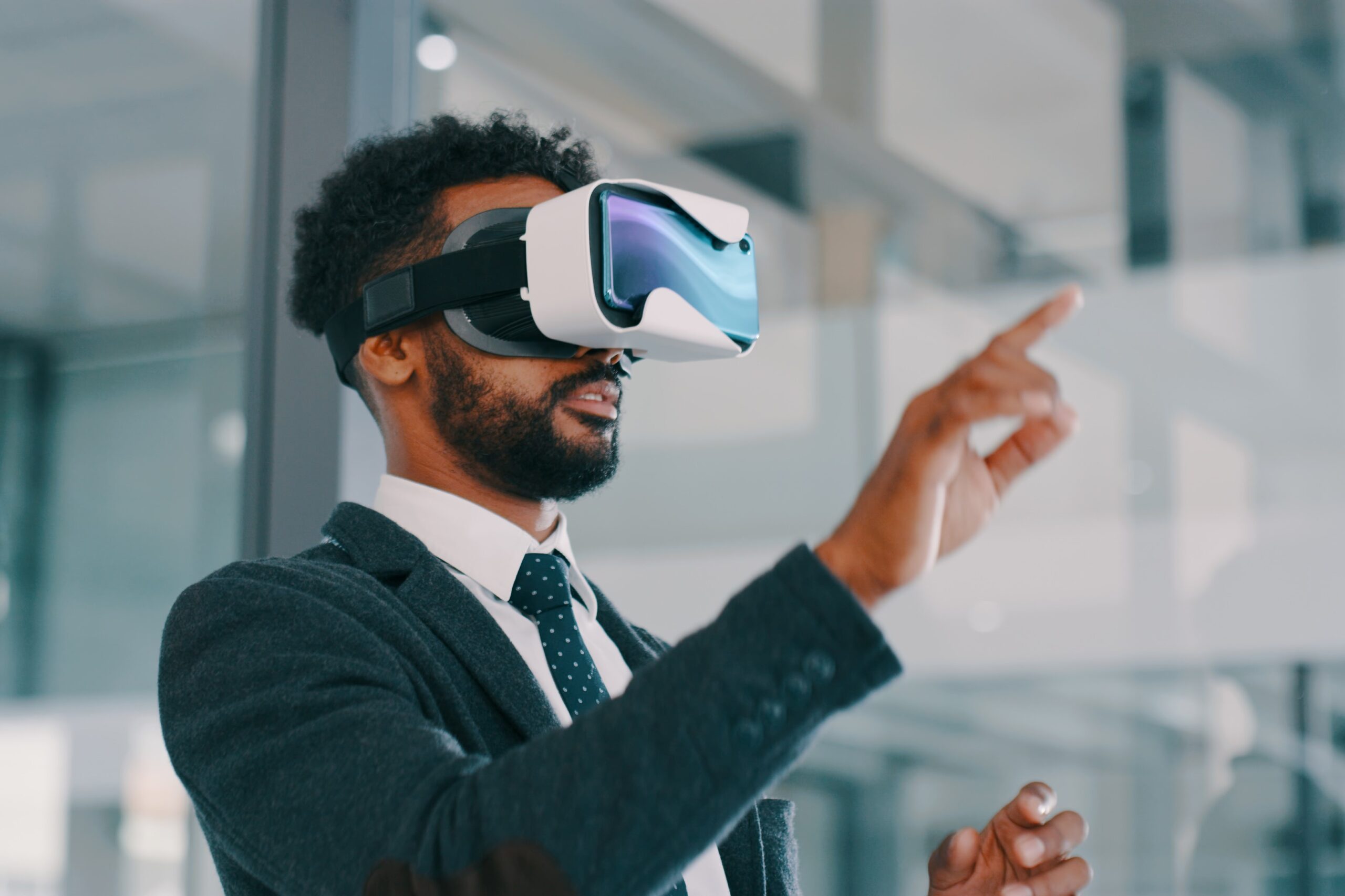Meeting in the metaverse: Fantasy or the future of work?
As virtual worlds become more accessible, communicators might consider taking their workplaces into the metaverse.

For many of us, virtual meetings are a cakewalk by now. You arrange your backdrop, fix your hair and put on soft pants before logging on to Zoom, Teams or Google Meet and getting down to business with your colleagues.
But there’s a new digital workplace tool that is slowly becoming more common: meetings held in the metaverse, using virtual reality technology.
The same technology that allows kids to immerse themselves in Roblox or enables your golf buddies to play a round from home is that which has begun to creep into boardrooms and home offices.
In a recent episode of “Marketplace,” host Kai Ryssdal quipped, “Is it the future of work? Yes. Is it the future of work tomorrow? No chance.” And while meetings held in the metaverse might still be futuristic fantasy for most of us, it’s already become a reality at some organizations.
Meeting in the metaverse
Rabrindra Ratan, associate professor of media and information at Michigan State University, uses VR technology from Meta to meet with his undergraduate students.
“I often will have my students spawn virtual objects like this, and we bring them up as a piece of our discussion,” he told Ryssdal. “For example, if it’s an architecture-related class, we could bring up buildings. People could bring things in that they design, we can look at them from different angles.”
Marketing Brew reports that some agencies and marketing firms have also invested in headsets like the one Ratan uses, Meta’s Oculus.
One such firm is Mediahub, which uses “rented land” in VR platform Decentraland to host meetings.
“The technology allows us to connect in ways better than having the bat phone in the middle of the conference table and everybody shouting into it,” Mediahub SVP and Creative Director Simeon Edmunds told Marketing Brew. “We’re finding usefulness not just in helping us produce a better work product, but also in understanding what’s emerging.”
The company began adopting use of the headsets to meet the needs of clients who want to do work in the metaverse. Edmunds said that about 40% of Mediahub staffers around the world have tried out the technology thus far.
But will avatars and virtual worlds truly take over the workplace?
Lynn Wu, a professor with the University of Pennsylvania’s Wharton School, told the Financial Times that it’s unlikely VR meetings will replace face-to-face communication.
“(W)hen we think of AR/VR or metaverse is think of additional communication tool, just like email,” she says. “We have used chat or Zoom as just additional tool in our repertoire to communicate.”
This means that while communicators should look to add metaverse messaging strategies to their repertoire, it’s not necessary to abandon ship on practices like in-person events and Zoom lunch ‘n learns.
Best practices
How does one host a meeting in the metaverse?
First, it’s necessary to have the right equipment. Several companies — like Meta, Sony and HP — make virtual reality headsets, but it’s not necessary to buy new hardware to access virtual worlds.
With the right software, a virtual avatar and A/V capabilities, metaverse locations can be also accessed from a computer. VR meetings platform MeetinVR, for example, can be used with standalone headsets, headsets tethered to computers or gaming systems and desktop Windows and MacOS computers.
Second, it’s important to get your employees on board. Try encouraging workers to try out the equipment during the workday or allow them to take it home to play easy, beginner-level games with their families. Once your employees are familiar and comfortable with the software and equipment, it’s go time.
Ensure that you troubleshoot technology issues before a meeting is held. Make sure your employees have all the necessary equipment, logins and step-by-step guides on how to enter and interact in your chosen virtual world.
Communicators should also take the lead in drawing up rules of conduct for the virtual world. Several female VR researchers have reported being sexually harassed and even virtually groped in various iterations of the metaverse — incidents that happened under the watch of moderators. It’s crucial to impart to employees that though they may be working in a gamified space, they’re still required to follow company rules and ethical practices.
Standards and protections for metaverse users are evolving, however. A group of major tech and gaming companies dubbed the Metaverse Standards Forum— which includes Meta, Microsoft, Epic Games and Adobe —will meet this summer to discuss standardizing the metaverse across multiple countries.
“Technology and standards are the bricks and cement of the metaverse,” said Qi Wang, assistant president and head of healthcare and cognitive psychology lab at 0xSenses, which is also a member of the forum. “Safe, reliable, and ethical interoperability is especially important as humans become part of the metaverse.”
Be on the lookout for the metaverse to become a more accessible and commonplace tool for communicating with your workforce, but be sure to keep in mind what’s best for your company and employees before stepping into the virtual world.







